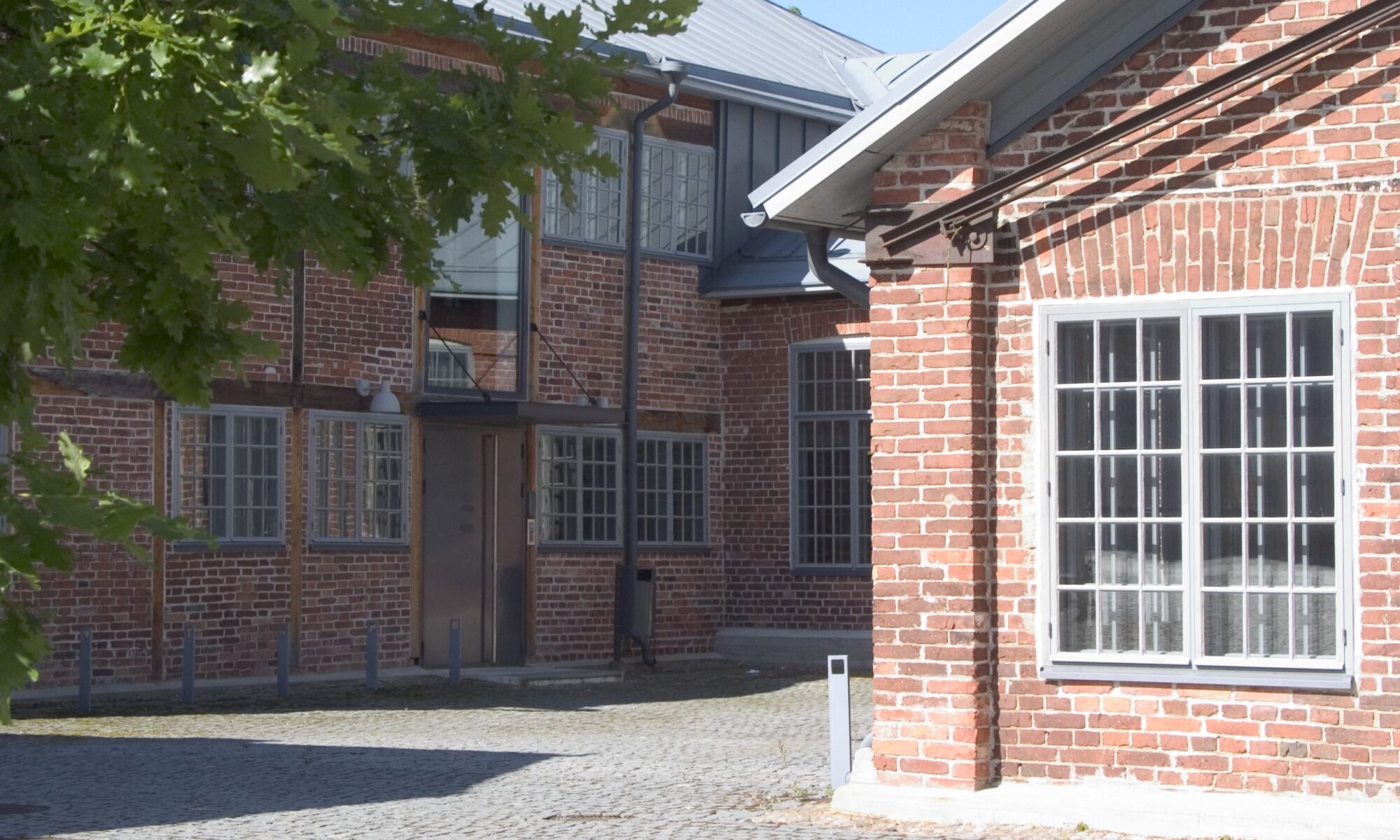Yao Zhang, University of Copenhagen
Over the recent decades, interpreting has been playing an increasingly important role in many cross-cultural contexts, in which the quality of the interpreting performance becomes the key to the success of communication. In practice, many problems can degrade the quality of the interpreting performance. Extensive research has been conducted on quality assessment in interpreting (Kellett Bidoli, 2000; Kurz, 2001); however, few studies have taken the perspective of the problems that affect its quality. Drawing on the theoretical framework for speech production (Levelt, 1995), problem sources in language production (Dörnyei and Scott, 1997), and disfluency as a surface marker and representation of problems in language production (Bosker et al., 2012; Clark, 2006; de Jong, 2017), I explore the interpreters’ cognitive process to identify their problem sources in the second language production in the context of consecutive interpreting.
The data for this study include video recordings of interpreting performances from 25 Danish and 25 Chinese interpreters on two interpreting tasks with different levels of difficulty, as well as their stimulated self-reports on problem sources. The participants’ disfluencies in the recorded interpreting performances are marked on the performance transcripts, which serve as prompts for the participants’ self-reports of identification of problem sources. Descriptive and inferential statistical analysis is applied to analyze the participants’ patterns of the problem sources and the difference of the patterns between 1) different levels of difficulty and 2) Danish and Chinese participants. In addition to identifying the problem sources in interpreting performances, I hope my study will inspire strategies for training and teaching in interpreting and provide a reference for interpreters’ qualification assessment.
This topic is part of my Ph.D. project, which is an interdisciplinary study that explores the patterns of disfluency and problem sources and their relationship with the quality of the interpreting performance.
References
Bosker, H. R., Pinget, A. F., Quene, H., Sanders, T., & de Jong, N. H. (2012). What makes speech sound fluent? The contributions of pauses, speed and repairs. Language Testing, 30, 159–175.
Clark, H. H. (2006). Pauses and hesitations: Psycholinguistic approach. In K. Brown (Ed.), Encyclopedia of language and linguistics (Vol. V, pp. 284–288). Amsterdam, The Netherlands: Elsevier.
de Jong, N. H. (2017). Fluency in second language assessment. In Tsagari, D. & Banerjee, J. (Eds.), Handbook of Second Language Assessment. (pp. 203-218). Berlin, Boston: De Gruyter Mouton.
Dörnyei, Z., & Scott, M. L. (1997). Communication strategies in a second language: Definitions and taxonomies. Language Learning, 47, 173-210.
Kellett Bidoli, C. J. (2000). Quality assessment in conference interpreting: an overview.
Kurz, I. (2001). Conference interpreting: Quality in the ears of the user. Meta: journal des traducteurs/Meta: Translators’ Journal, 46(2), 394-409.
Levelt, W. J. M. (1995). The ability to speak: From intentions to spoken words. European Review, 3, 13–23.
